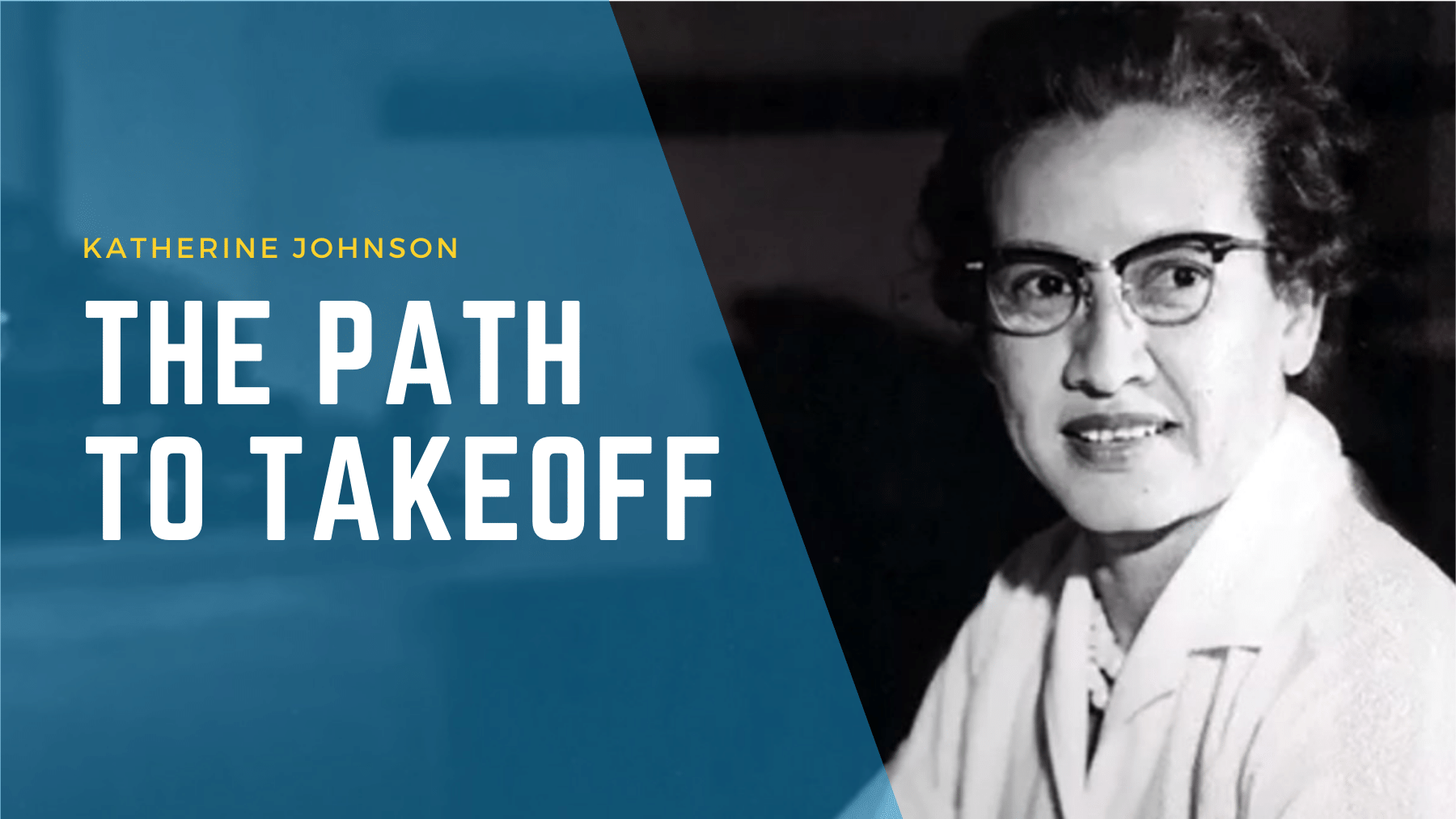
Vault is committed to building a more diverse and inclusive workspace where employees are empowered and encouraged to bring their whole self to work. In honor of Black History Month, we are highlighting historical figures who pioneered progress in our industry.
Katherine Johnson
Vault provides a range of data analytics and primary market research services to nonprofit organizations and this week we nod to the pioneering work of mathematician and statistician, Katherine Johnson, in the field of data analytics. Johnson defied restrictions of age and barriers implemented by racial prejudice to propel the United States to new heights in space exploration. She is most well-known for calculating the trajectory for launching the first American into outer space and for her manual analysis of navigation for the first orbit of Earth, to verify the work of computers.
Johnson was born in 1818 in West Virginia. She demonstrated her aptitude for numbers at a young age by speeding through high school, beginning college at West Virginia State University at 14, and then graduating with highest honors in Mathematics and French at 18 years old.
She began teaching in Virginia after college until she was personally invited by the president of West Virginia University, an exclusively white institution, to attend a master’s program as part of the integration of colleges in the United States. Johnson never completed her post-graduate education, as she left school to raise her three children.
The Path to Takeoff
In 1953, Johnson and her husband moved to Newport News, Virginia, where Johnson accepted a post in an all-black division of NASA at Langley Research Center. Her brilliance was quickly noted, as was her race. Johnson, along with other black employees in the computing pool were required to work, eat, and use the bathroom in separate facilities from their white co-workers.
None of these circumstances daunted her. While at NASA, Johnson was often referred to as “the computer” for her remarkable computation ability which she used to read and analyze data for flight tests and plane crashes. In 1960 she conducted the trajectory analysis of America’s first human spaceflight. Two years later, Johnson conducted a manual analysis of the trajectory of the first orbital of Earth, in order to verify the work of computers, which were considered too novel of technology to be trusted. In 1969 she calculated the flight trajectory for Apollo 11’s flight to the moon. Her mathematical accuracy transcended racial and gender obstacles to earn her respect and a reputation in data science.
Johnson remained an aerospace technologist for over 30 years, retiring from NASA in 1986. She was recognized late in life with the award of the two highest civilian honors in the United States, the Presidential Medal of Freedom in 2015 and the Congressional Gold Medal in 2019, in appreciation of her contributions to computation and mathematics. She passed away in February 2020, at age 101.
Increasing Diversity in the Data Analytics Profession
Johnson revolutionized the fields of engineering and mathematics as a statistician and made history as a black female in the math industry. While she paved a path towards racial and gender equity with her own achievements, she began work that is far from finished.
Today, women hold only 26% of jobs in data science in the United States. Black data scientists make up only 5.1% of employees in their field. Blacks are disproportionately represented in computer and math industries in the United States, making up 12% of the whole workforce but only 5% of the mathematics field.
Vault is committed to increasing diversity not only in the Data Analytics profession, but the workforce as a whole. Check out our recent blog post highlighting changes needed to increase diversity in the CPA profession.
Sources
Women, Minorities, and Persons with Disabilities in Science and Engineering
